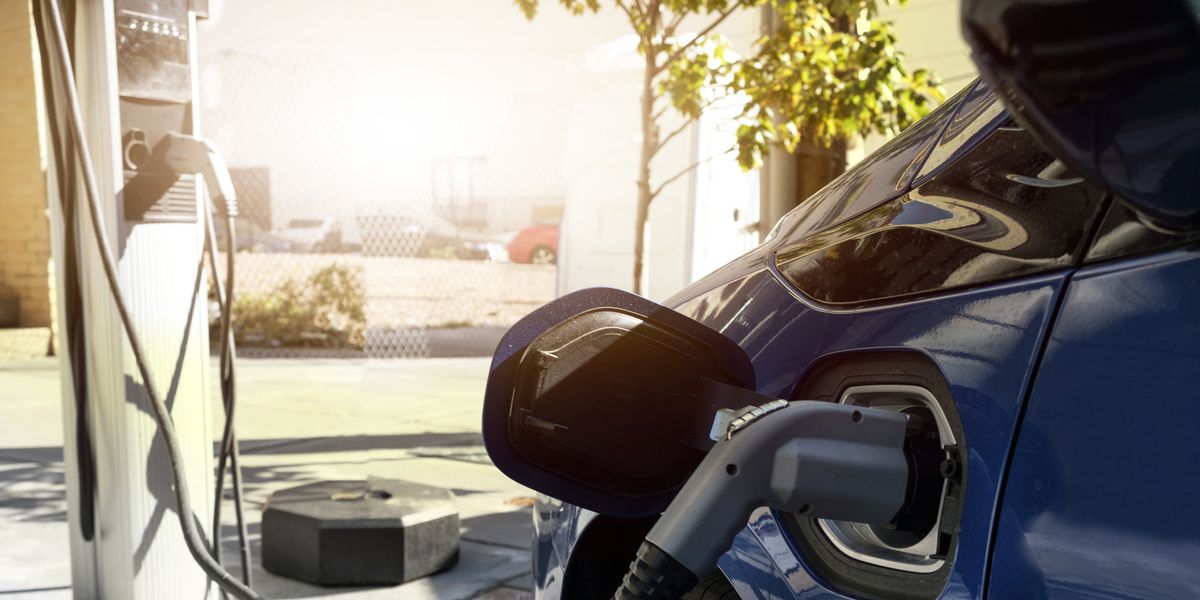A number of websites that review EVs mention their MPGe (MPG equivalent) rating. According to this article, MPGe is an attempt to compare apples (mpg for GVs (gas cars)) with oranges (miles/kWh for EVs).

 www.caranddriver.com
www.caranddriver.com
It says, "To determine MPGe ratings, the EPA uses the precise amount of electric energy that's equal to the energy in one gallon of gasoline, according to Green Car Reports. I assume they mean the amount of energy that is released by burning that gallon of gasoline, not the total amount of energy according to E=mc2. 🤨🤔😅
This seems like an arbitrary relationship that is not very useful and may actually be misleading for comparing EVs to GVs. But it might be a useful metric for comparing EVs to each other.
I'd be interested in any other opinions or insights.
Thanks

What is MPGe?
This abbreviation stands for “miles per gallon of gasoline-equivalent.” It measures the fuel efficiency of vehicles that run on non-liquid fuels, such as hybrid and electric models.
It says, "To determine MPGe ratings, the EPA uses the precise amount of electric energy that's equal to the energy in one gallon of gasoline, according to Green Car Reports. I assume they mean the amount of energy that is released by burning that gallon of gasoline, not the total amount of energy according to E=mc2. 🤨🤔😅
This seems like an arbitrary relationship that is not very useful and may actually be misleading for comparing EVs to GVs. But it might be a useful metric for comparing EVs to each other.
I'd be interested in any other opinions or insights.
Thanks




